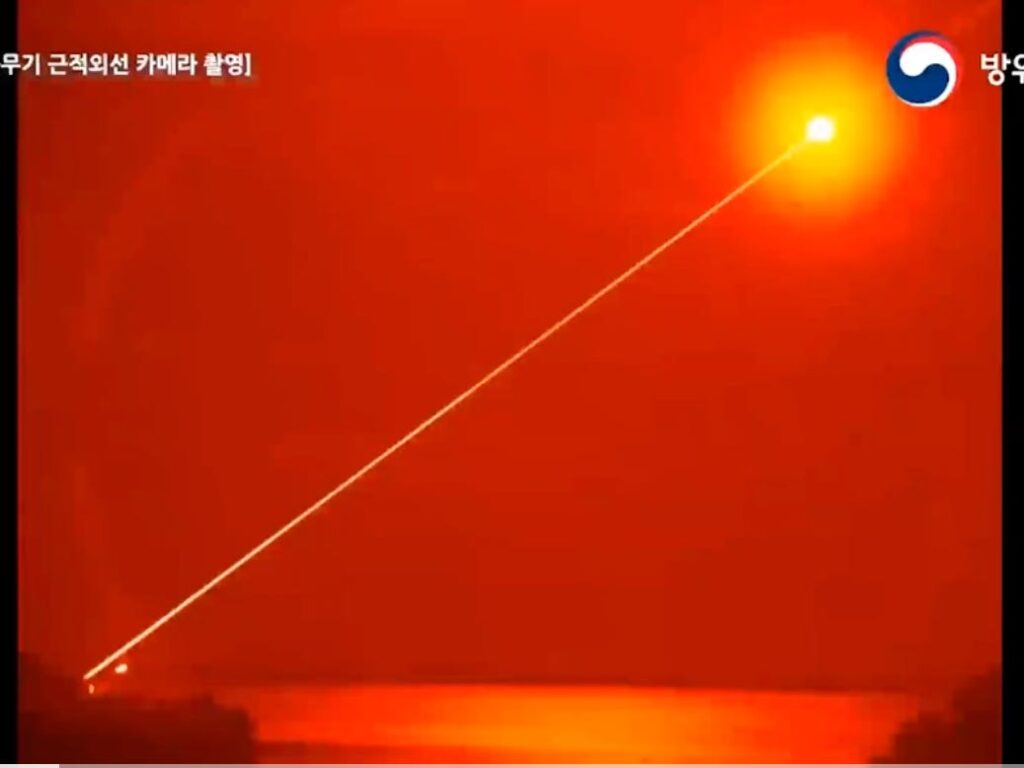-
South Korea plans to use a cheap laser weapon to shoot down North Korean drones.
-
The weapon, called Block-I, costs about $1.45 per shot.
-
Interest in laser weapons has increased in recent years due to their low operating costs and accuracy.
South Korea is planning a cheap laser weapon that can melt North Korean drones, the country’s arms agency reported earlier this week.
The weapon, known as Block-I, costs about 2,000 South Korean won ($1.45) per shot and “is capable of accurately hitting small unmanned aerial vehicles,” according to South Korea’s Defense Acquisition Program Administration (DAPA).
According to DAPA, the “Star Wars project” will be ready for “full implementation” this year. The laser system would also strengthen South Korea’s ability “to respond to North Korean drone provocations.”
Lee Sang-yoon, a DAPA official, told AFP the laser worked by transferring heat to approaching drones.
“When a laser weapon transfers heat to a drone, the surface melts. As the surface melts, the internal components catch fire, eventually causing the drone to fall,” Lee said.
It follows calls from South Korean President Yoon Suk Yeol in 2022 for stronger air defenses after the South Korean military failed to shoot down several North Korean drones that flew across the border for the first time in five years.
Laser weapons have received increasing international attention in recent years.
According to the think tank RAND, Israel, China, Russia, France, India, Turkey, Iran, South Korea and Japan are some of the countries investing in national programs.
Earlier this year, the United Kingdom announced that it had been tested a new, powerful laser that can be used against Russian drones in Ukraine.
According to the United Kingdom Ministry of Defence (MoD) The DragonFire weapon typically costs less than $13 per shot.
The US has previously hinted that laser systems could be available to protect US bases. Middle East against drone and missile attacksalthough it is unclear whether they were actually used.
“Rival nations invest so much in DEWs because, as the technology matures, such systems have the potential to tip both the military and economic calculations of modern warfare to the advantage of their users,” RAND said in a report.
Read the original article at Business insider







